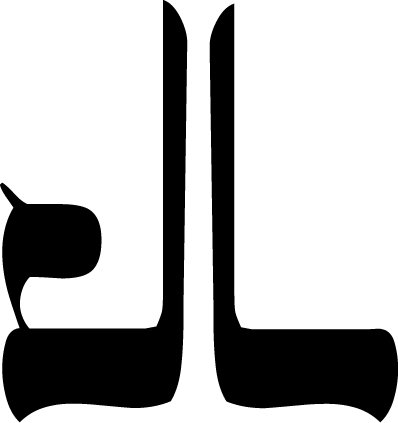piano concerto
Duration ca. 23' (2019)
3.3.3.3/4.3.3.1/hp/timp+1/str/solo piano
View Score
Piano Concerto, Score
Piano Concerto, Piano Part
LISTEN
Co-commissioned by the Harrisburg, Knoxville and Tucson Symphony Orchestras
Premiered by the Kansas City Symphony, conducted by Michael Stern with soloist Joyce Yang in Helzberg Hall, Kansas City, MO, November 22-24, 2019.
The Piano Concerto is easily one of the most winning examples of its genre that I have heard in years…And this work is quite gripping, not only for its technical difficulties—it is a real concerto—but for the way it lures you in right at the start.
—Steven Ritter, Audiophile Audition, December 2020
…As close to the piano concerto ideal as might be imagined…Any classical pianist hearing the concerto would likely salivate at the prospect of performing it.
—Textura, December 2020
This precious CD, perfectly captured, played with commitment and passion, confirms the impact of this creator [Leshnoff].
—Christophe Huss, Le Devoir, January 2021
The soulful Piano Concerto enthralls. 4 stars.
—BBC Music Magazine, January 2021
program note
The concerto is cast in four movements. The prominent, stately principal theme appears shortly after the opening of the concerto; this theme is then developed through rapid and energetic conversations between the piano and orchestra. The second movement is slow and contemplative bringing out the soft nuances of the piano. Climaxing with an iteration of the principal theme, the movement then sinks back to it meditative stance before ending mysteriously. A humorous, brief scherzo precedes the final movement which is kinetic and propulsive. The concerto ends with a triumphant restatement of the main theme, but this time, in full confidence and grandeur.
Leshnoff finds Jewish mysticism and spirituality to be an inexhaustible inspiration for his music. This piano concerto is inspired by the ancient Jewish mystical tradition that everything in the universe has a soul, from human, animal, plant to inanimate objects. This tradition teaches that the soul is taught to have five parts. The second movement of this concerto is the composer’s impression of the 3rd level of the soul, “Neshama,” Hebrew for “breathing soul” and associated with the Hebrew letter “hey”: It is this part of the soul that expresses itself in thoughts and ideas and is housed in the brain. The second movement of the concerto is Leshnoff’s musical painting of the Neshama. He explains: “On paper, this movement is written with very simple rhythms and melodies. It is up to the artist to connect her mind and essence with the music that will bring these simple structures it to full, breathing life. The movement is purposely slow and meditative which bring the soloist and audience to internal, contemplation without the “distraction” of virtuosity. It is this internal contemplation which is the essence of the Neshama.”
